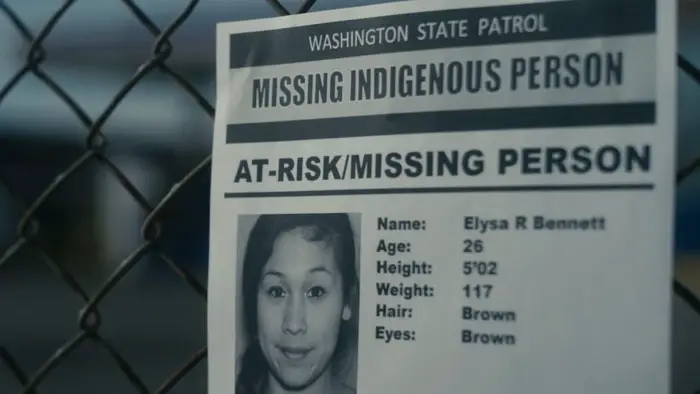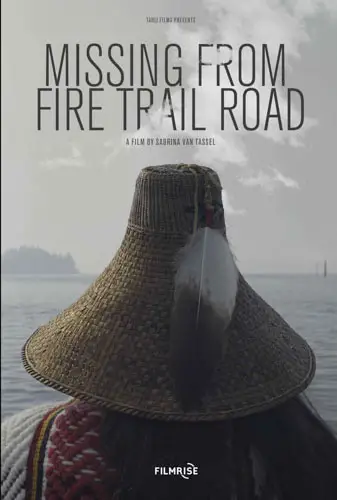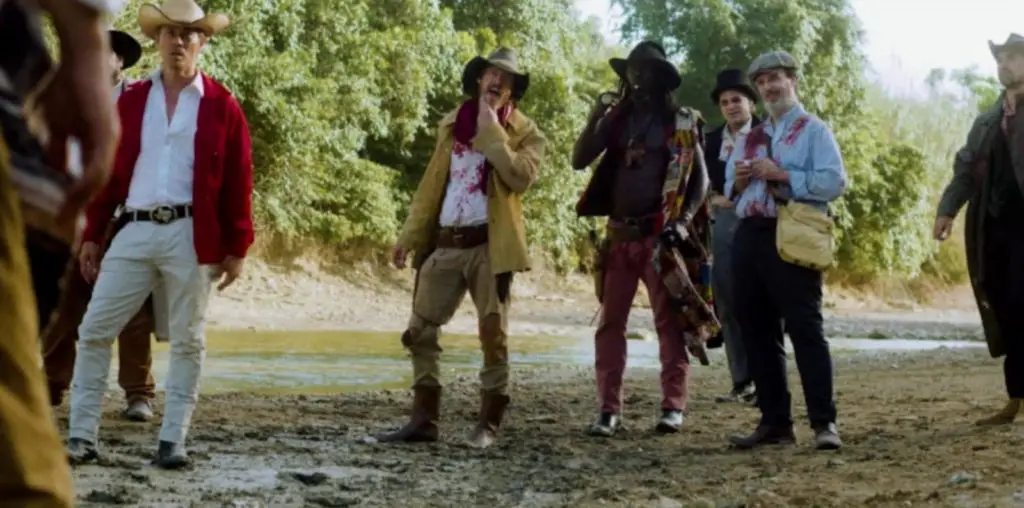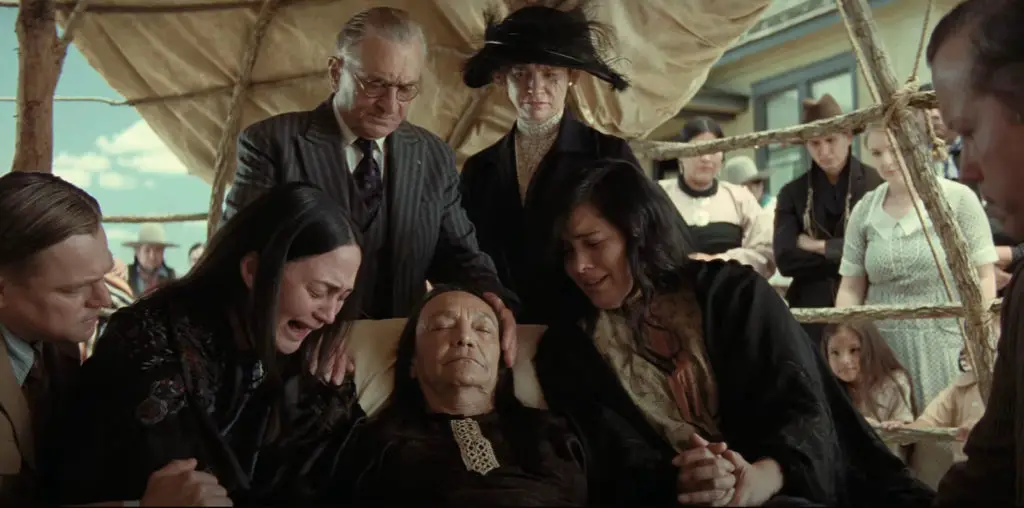
Sabrina Van Tassel’s documentary, Missing from Fire Trail Road, starts off as an investigation of the abduction of a woman in Seattle, Washington. Still, quickly, we learn the dangers of being an indigenous woman in the United States.
Missing from Fire Trail Road opens with friends and family of Mary Ellen Johnson searching for evidence of her abduction and whether she is dead or alive. Why are her friends and family searching for evidence because the FBI has not made her disappearance a priority as they say that they do?
The basics behind the case is that Mary Ellen Johnson got in a car and was never seen again. The prime suspect is her husband, who stole a large settlement she received from the government (more on this later) and moved out of state. From here, we learn about how difficult…almost impossible it is for indigenous peoples…specifically women, to find justice for just about any crime committed against them.
The main problem is crimes that occur on reservations are against people living in reservations and are investigated by the Federal Bureau of Investigations (FBI) and not by state or local authorities like the rest of us. It’s like asking a Fed to be a cop. Local authorities and reservation law enforcement have zero jurisdiction to investigate or prosecute crimes. They’d instead look for terrorists than solve sexual assaults and murders. As the film purports, the FBI doesn’t care, no matter how much the FBI spokesperson says so. Yes, he is interviewed.

“…we learn about how difficult…almost impossible it is for indigenous peoples…specifically women…”
Mary Ellen’s story is not unique to others. Dozens of Indigenous women are physically or sexually assaulted, kidnapped, or trafficked every year. Because it’s widely known that these crimes are rarely appropriately investigated, let alone scoring any conviction, Indigenous women are more likely to have a crime committed against them than any other group in the United States.
Filmmaker Van Tassel shows that the abuse has been systemic over the past century. In the case of Mary Ellen, she and her sister were fraudulently removed from the home by Child Protective Services. When they were in foster care, their male caretaker sexually abused them for months. This is where the settlement against the state came in. The settlement was supposed to be used for therapy, but Mary Ellen’s husband ran off with that money.
Next, we explore the treatment of Native Americans over the centuries. Long ago, Indigenous children were sent to government-sanctioned boarding schools for assimilation into the general U.S. population. The broader issue was the systematic elimination of the children’s cultural heritage. For many students, they experience physical and psychological abuse at the same time.
Normally, I would tell you that this documentary was all over the place and really needed to focus on Mary Ellen’s ultimate murder investigation. However, Mary Ellen’s story is merely the starting point for a much bigger problem: Today, Native Americans struggle to maintain their culture and existence in the United States.
Director Van Tassel effectively uses both historical and contemporary stories to illustrate that the injustices faced by Native Americans remain unchanged. It is evident that the issue is not being taken seriously, leading to growing frustration that has reached dangerous levels.
Missing from Fire Trail Road is an essential documentary as it shines a light on the plight of a culturally rich segment of Americans that are literally going unnoticed and unaided. I don’t know what the answer is, and unfortunately, the documentary doesn’t know either. This is why Missing from Fire Trail Road shows that awareness is essential for making any change.
For more information about Missing from Fire Trail Road, visit the Film Rise website.

"…not being taken seriously, leading to growing frustration that has reached dangerous levels."


